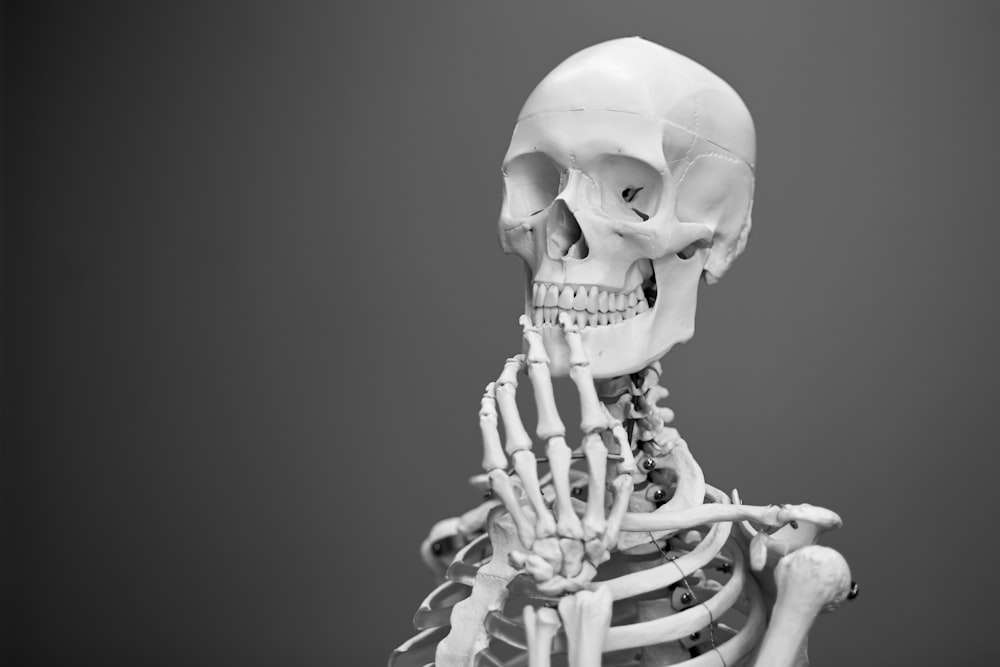目次
大腿骨近位部骨折例の術後1年におけるADL低下を予測できるか?多施設共同研究による検討
大腿骨近位部骨折例といえば受傷後に適切なリハビリテーションが行われてもその後にADL低下が残存します.
ある報告によると50-70%のクライアントに骨折によるADL低下を認めたといった報告もあります.
大腿骨近位部骨折後のADL低下は要介護や死亡率とも関連するため社会的にも大きな問題となります.
われわれ理学療法士・作業療法士としてはこの大腿骨近位部骨折後のADL低下を予測できれば,さまざまな対策を講じることが可能になると思われますが,長期にわたるデータというのはあまり多くありません.
今回は多施設共同研究によって,大腿骨近位部骨折例の術後1年におけるADL低下を予測できるか否かを明らかにした報告をご紹介させていただきます.

今回ご紹介する論文
J Back Musculoskelet Rehabil. 2020 May 15. doi: 10.3233/BMR-181126. Online ahead of print.
Efficient Predictors for the Decline of Activities of Daily Living in Patients With Hip Fracture One Year After Surgery: A Multicenter Prospective Cohort Study
Takuya Umehara 1, Ryo Tanaka 2, Susumu Nagao 1, Daisuke Tomiyama 1, Yuki Kawabata 1, Yoshihiro Nagano 3, Yumi Takeuchi 3, Masayuki Kakehashi 4
Affiliations expand
PMID: 32444533 DOI: 10.3233/BMR-181126
今回ご紹介する論文は2020年に掲載された新しい論文です.
研究の背景
Background: Previous studies have examined when activities of daily living (ADL) recovery more than six months after surgery can be predicted, and how much accuracy the predictors have.
過去の研究では,大腿骨近位部骨折例の術後6ヶ月以上の日常生活動作(ADL)の回復が予測できるのはいつ頃か,予測因子の精度はどの程度かが検討されております.
研究の目的
Objective: The purpose of this study was to determine the predictors of ADL decline and evaluate their accuracies one year post-operation for hip-fracture patients.
この研究では大腿骨近位部骨折例を対象として,日常生活動作(ADL)低下の予測因子を決定し,術後1年後の予測精度を評価することを目的としております.
研究の方法
Methods: We studied patients who underwent hip fracture surgery and were able to walk independently pre-operatively. The predictors of ADL declined one year post-operation, as analyzed using data of the basic medical attributes of the patients, including pain, 30-s chair-stand test, dementia [using the Revised Hasegawa Dementia Scale (HDS-R)], and walking/mobility style [using Barthel Index (BI)]. Using a receiver operating curve (ROC) curve, the cut-off value for each significant predictor was determined in the logistic regression analysis. To calculate the cut-off values and diagnostic performances of each of the extraction factors.
対象は大腿骨近位部骨折受傷後に観血的治療を受け,術前に自立歩行が可能であった症例となっております.
術後1年後のADL予測因子は,疼痛・30秒椅子立ちテスト・認知症(Revised Hasegawa Dementia Scale (HDS-R)),・歩行・移動様式(Barthel Index (BI)を用いた)などの患者の基礎医学的属性のデータを用いて解析が行われております.
ロジスティック回帰分析を用いて予測因子を抽出した後に,ROC曲線を描出し,予測因子のカットオフ値を算出しております.
研究の結果
Results: The data of 36 patients were collected over a period of one year. The prior probability of ADL decline at one year post-operation was 44.4%. The results of logistic regression analyses showed that the score of HDS-R at admission and the walking/mobility BI score at three weeks post-operation were significant predictors of the one year post-operative decline in ADL. The results of the ROC analyses showed that the cut-off value of the HDS-R score at admission was < 23 points. The posterior probability increased to 62.0%. In contrast, the cut-off value of the walking/mobility BI score was 0 points. The posterior probability increased to 91.0%.
大腿骨近位部骨折例36 例のデータを 1 年間に渡って収集しております.
術後1年時点でのADL低下の事前確率は44.4%でありました.
ロジスティック回帰分析の結果,入院時のHDS-Rスコアと術後3週目の歩行および移動BIスコアが術後1年のADL低下の有意な予測因子であることが明らかとなりました.
ROC分析の結果,入院時のHDS-Rスコアのカットオフ値は23点以下であり,術後確率は62.0%に上昇しました.
また歩行・移動BIスコアのカットオフ値は0点であり,事後確率は91.0%に上昇しました.
研究の結論
Conclusion: The ADL decline of the patients who underwent hip fracture surgery at one year after surgery can be predicted at three weeks post-operation.
この研究の結果から大腿骨近位部骨折術後症例の1年後のADL低下は,術後3週間の段階である程度予測が可能であることが明らかとなりました.
今回は多施設共同研究によって,大腿骨近位部骨折例の術後1年におけるADL低下を予測できるか否かを明らかにした報告をご紹介させていただきました.
大腿骨近位部骨折例を対象として術後1年という長期にわたるデータを収集するのは簡単なことではないので,非常に貴重なデータですね.
術後3週の認知機能や歩行の状況で術後1年のADL低下を予測できるわけですから,早期から何らかの対策を講じる必要がありますね.
具体的にどういった対策を講じるかといったところがわれわれ理学療法士・作業療法士の力量のためされるところですね.







コメント